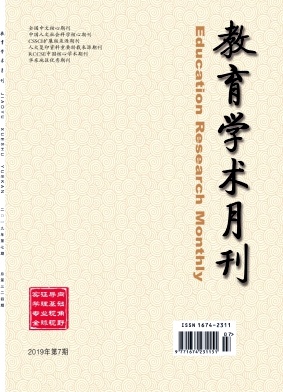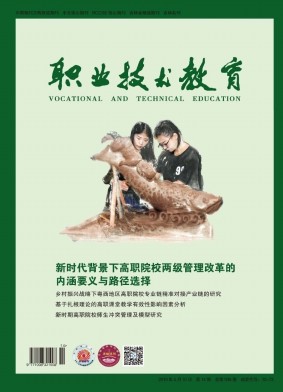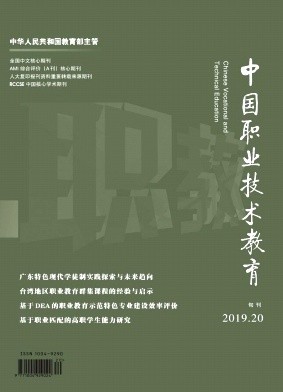摘要 作为20世纪中国最为重要的文艺思潮之一,现代主义及其理论批判构成20世纪80年代文论的重要内容。总体上看,现代主义在中国的接受过程伴随着双重焦虑:被延迟的现代化焦虑与民族文化主体性焦虑。由此造成的现代主义与民族主义、第一世界与第三世界间的内在张力结构,成为中外学者探讨中国现代主义的基本二元论框架。这些二元论架构带来了启示与盲点,将性别维度植入中国现代主义文论,在全球本土化视野中洞察现代主义的权力关系及其性别修辞,即可在揭示现代主义文艺隐含父权无意识的同时,尝试建立现代、民族与性别互动对话的三维理论结构。 As one of the most significant Chinese literary thoughts in the twentieth century,modernism and its theoretical criticism composed the important part of literary theories in the 1980 s.Overall,there were two kinds of worries in the course of modernism being accepted in China:worries over the delayed modernization and those over the subjectivity of national culture.Hence,they led to the structure of internal tension between modernism and nationalism,the first and third worlds,and became the fundamental dualistic frameworks for Chinese and foreign scholars to study Chinese modernism.These dualistic frameworks have brought enlightenment and blind spots.The gender dimensions were implanted into Chinese modernist literary theory,and the insights of modernist power relations as well as gender rhetoric were taken from the perspective of global localization.As such,these features can reveal the implicit patriarchal unconsciousness of modernist literature and also the attempts to establish a modern three-dimensional theoretical structure of interactive dialogue between nationality and gender.
机构地区 中国海洋大学文学与新闻传播学院
出处 《南开学报:哲学社会科学版》 北大核心 2021年第2期149-158,共10页 Nankai Journal:Philosophy,Literature and Social Science Edition
基金 国家社会科学基金重大项目(17ZDA242)。
分类号 I20 [文学—中国文学]




